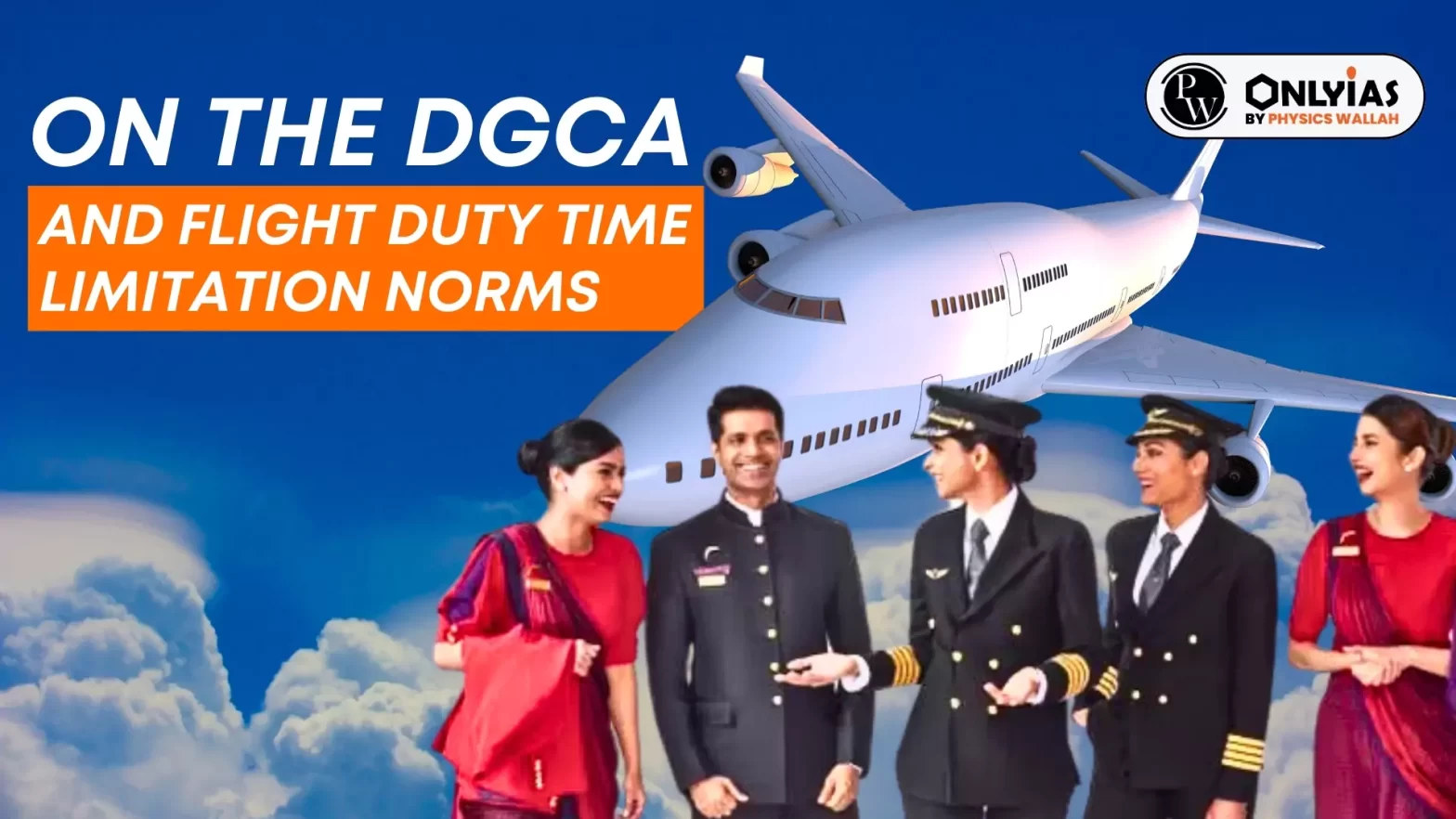![]() 30 Mar 2024
30 Mar 2024

Recently, the Directorate General of Civil Aviation (DGCA) has proposed changes to flight duty time limits (FDTL) to address industry concerns about pilot fatigue.
| Relevancy for Prelims: Civil Aviation Sector, Analyzing Aviation Accidents, RCS UDAN, Digi Yatra, and NABH NIRMAN Scheme.
Relevancy for Mains: Challenges in Indian Aviation sector and Condition of Pilots. |
|---|
Circadian Rhythm
|
|---|
DGCA needs to ensure that regulatory norms are enforced and also aligned with the highest standards of safety.
| Must Read | |
| NCERT Notes For UPSC | UPSC Daily Current Affairs |
| UPSC Blogs | UPSC Daily Editorials |
| Daily Current Affairs Quiz | Daily Main Answer Writing |
| UPSC Mains Previous Year Papers | UPSC Test Series 2024 |

<div class="new-fform">
</div>
